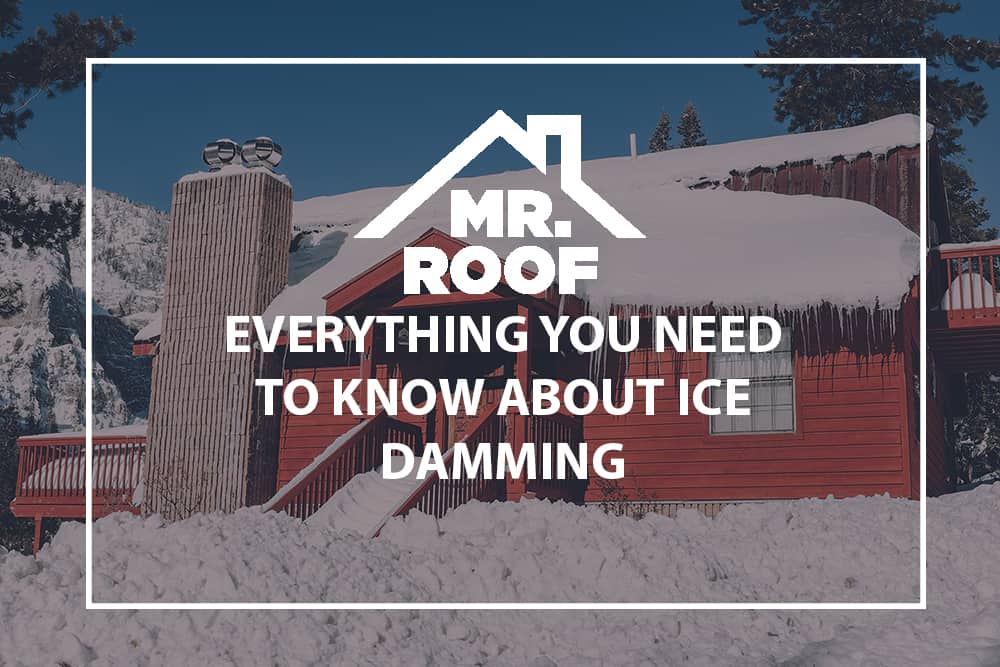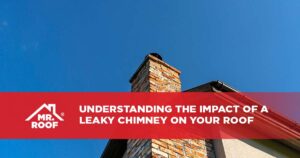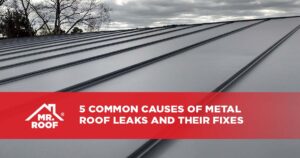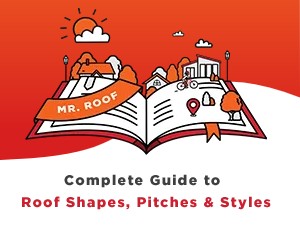As much as you may love the snow during the winter time, it can cause issues for your home, especially your roof. When the snow on your house begins to melt, it flows off like rain. However, if the temperatures drop again after the snow starts melting, you face a new problem: ice dams. These formations can damage your roof and your drainage system and leave you with a hefty repair bill. Read on to learn more about ice dams, what kind of damage they can do, and how you can deal with them or, better yet, prevent them.
What Are Ice Dams
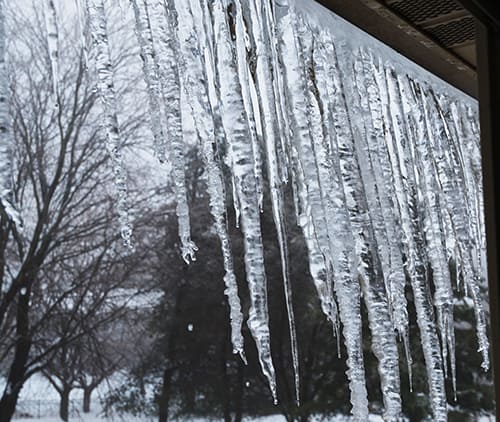 Ice dams form from the complicated interaction between snow cover on your roof, your home’s energy leakage, and outside temperatures. Snow must be present on the roof and the temperatures of the roof sections need to be different. Specifically, the top must be warmer than 32°F and the bottom lower, with the surrounding air averaging lower than 32° F over a sustained amount of time.
Ice dams form from the complicated interaction between snow cover on your roof, your home’s energy leakage, and outside temperatures. Snow must be present on the roof and the temperatures of the roof sections need to be different. Specifically, the top must be warmer than 32°F and the bottom lower, with the surrounding air averaging lower than 32° F over a sustained amount of time.
As the snow melts off the upper portion of your roof, it flows downhill toward the cooler lower portion, where it freezes, decorating your home with icicles. However, as these structures grow, they start to block the flow of more melting snow. As this process continues, these ice structures begin to act like a dam, blocking the now-melted water from flowing off your roof. As the water levels climb, the moisture starts to push up under your shingles, leading to roof leaks. It can also leak through roof trim.
If your area faces a snowstorm quickly followed by subzero temperatures, you are likely to see ice dams form. They can do so with as little as an inch of snow. The larger the snowfall and the lower the temperature, the more quickly you’ll see dams form.
What Damage Do Ice Dams Cause
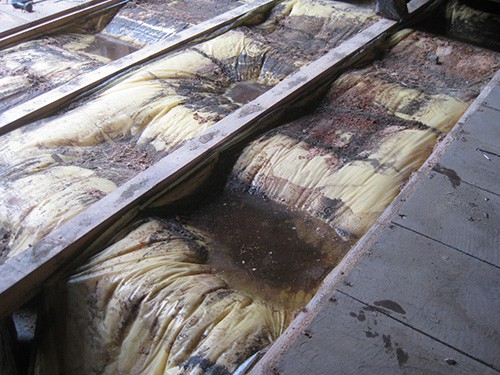 Ice dams are a common cause for roof leaks, and if your roof is leaking you could end up with expensive interior damages. If your attic is leaking your insulation is probably ruined. Wet insulation is not only ineffective, but it can cause hazardous mold growth as well. The water could then leak into your walls, potentially ruining your drywall, rotting out wood, or shorting out electrical systems. Wall insulation, when wet, sinks toward the ground, leaving the upper sections of your walls poorly insulated and this can significantly increase your energy bill.
Ice dams are a common cause for roof leaks, and if your roof is leaking you could end up with expensive interior damages. If your attic is leaking your insulation is probably ruined. Wet insulation is not only ineffective, but it can cause hazardous mold growth as well. The water could then leak into your walls, potentially ruining your drywall, rotting out wood, or shorting out electrical systems. Wall insulation, when wet, sinks toward the ground, leaving the upper sections of your walls poorly insulated and this can significantly increase your energy bill.
Spotting this kind of damage can prove difficult. Peeling paint, stains on your ceiling, and damaged wall boards stand out; however, other types of damage could remain hidden for a while. Rotten smells will start to emanate from moisture trapped between the exterior wall plywood and the vapor barrier. Metal connections will begin to corrode, combining with rotten wood to compromise your home’s integrity.
All this presents dangers to your health as well. Trapped moisture leads to mold and mildew growing in your home, placing your family and guests at risk. This is especially true for allergen-sensitive people.
How to Prevent Ice Dams
The best strategy for preventing ice dams is to keep your roof cold. First, make sure you have the right kind of insulation installed, using R-38 at the very least. Next, search your attic for air leaks so you can fill them. After that, move on to your roof ventilation to make sure it functions adequately. Ideally, you would do this when the home is built or, at the very least, before you move in. Your best bet is to hire some roofing and insulation technicians to come in and test your home for energy leaks, particularly up to the roof, after which they can recommend the best course of action.
If your home is due for some remodeling or repairs involving the roof or siding, take the opportunity to find and seal air leaks and upgrade your insulation. Exterior repair projects can provide you with access to otherwise hard-to-reach enclosed spaces, you can find air leaks where they are most likely to happen. Preventing ice dams from forming will save you money overall, by increasing the lifespan of your roof, keeping your roof in good condition, maintaining the integrity of your home’s structure, and keeping insulation in peak working condition. For a professional inspection or for emergency help in the event of an ice dam, contact your local Mr. Roof. We will even provide you with a free estimate, so you can find out if your roof is damaged and how much it will cost you.



